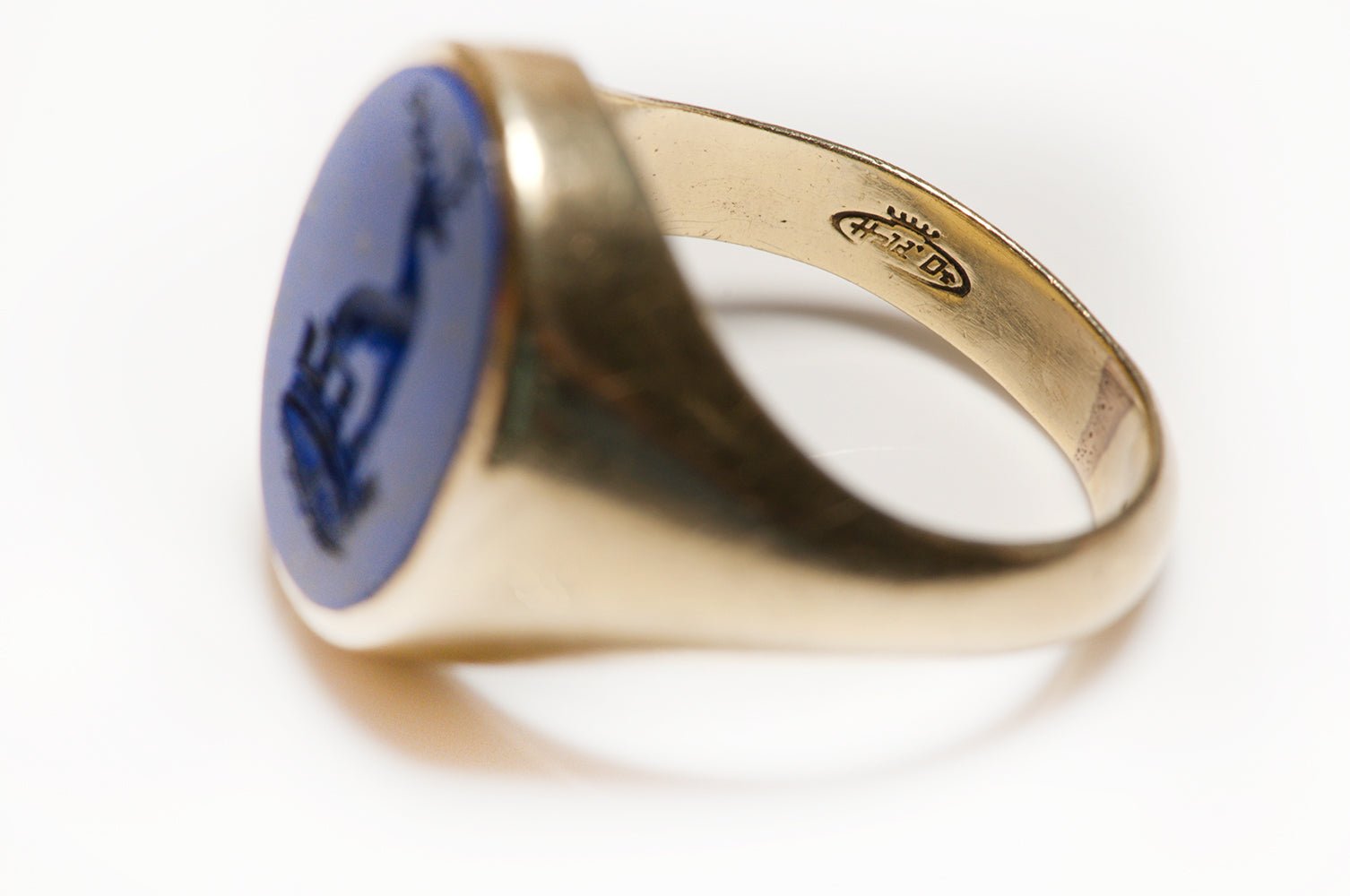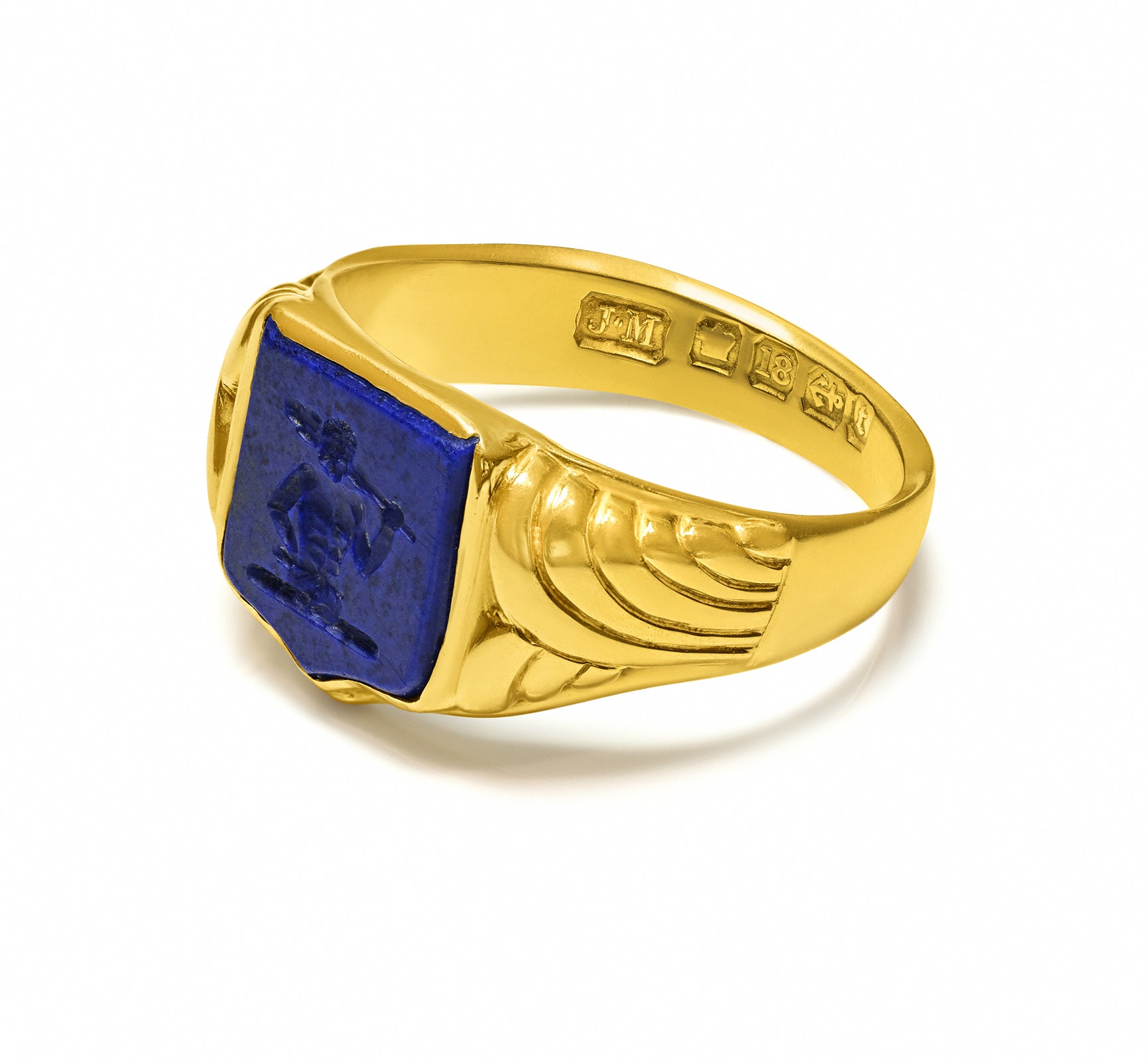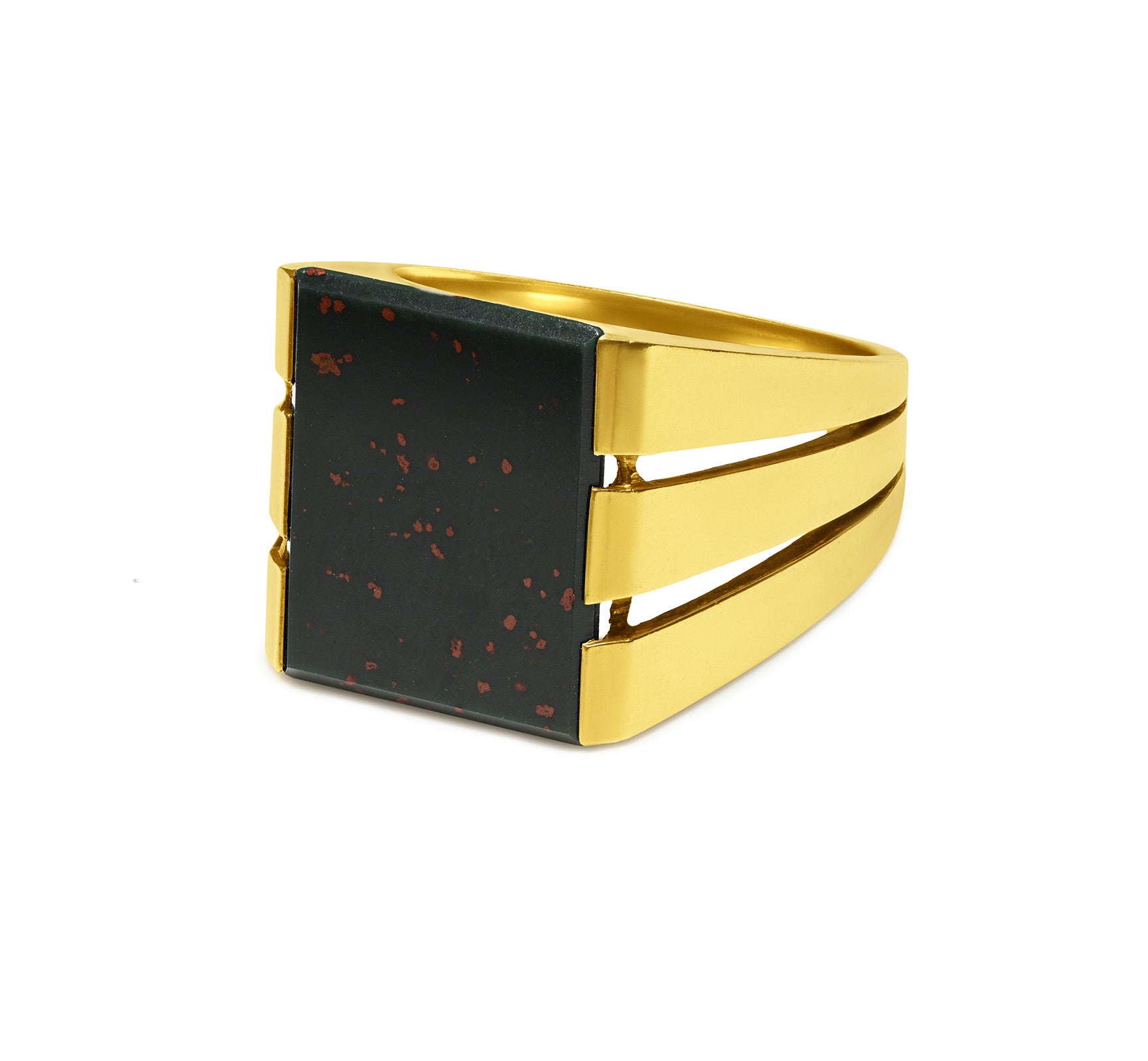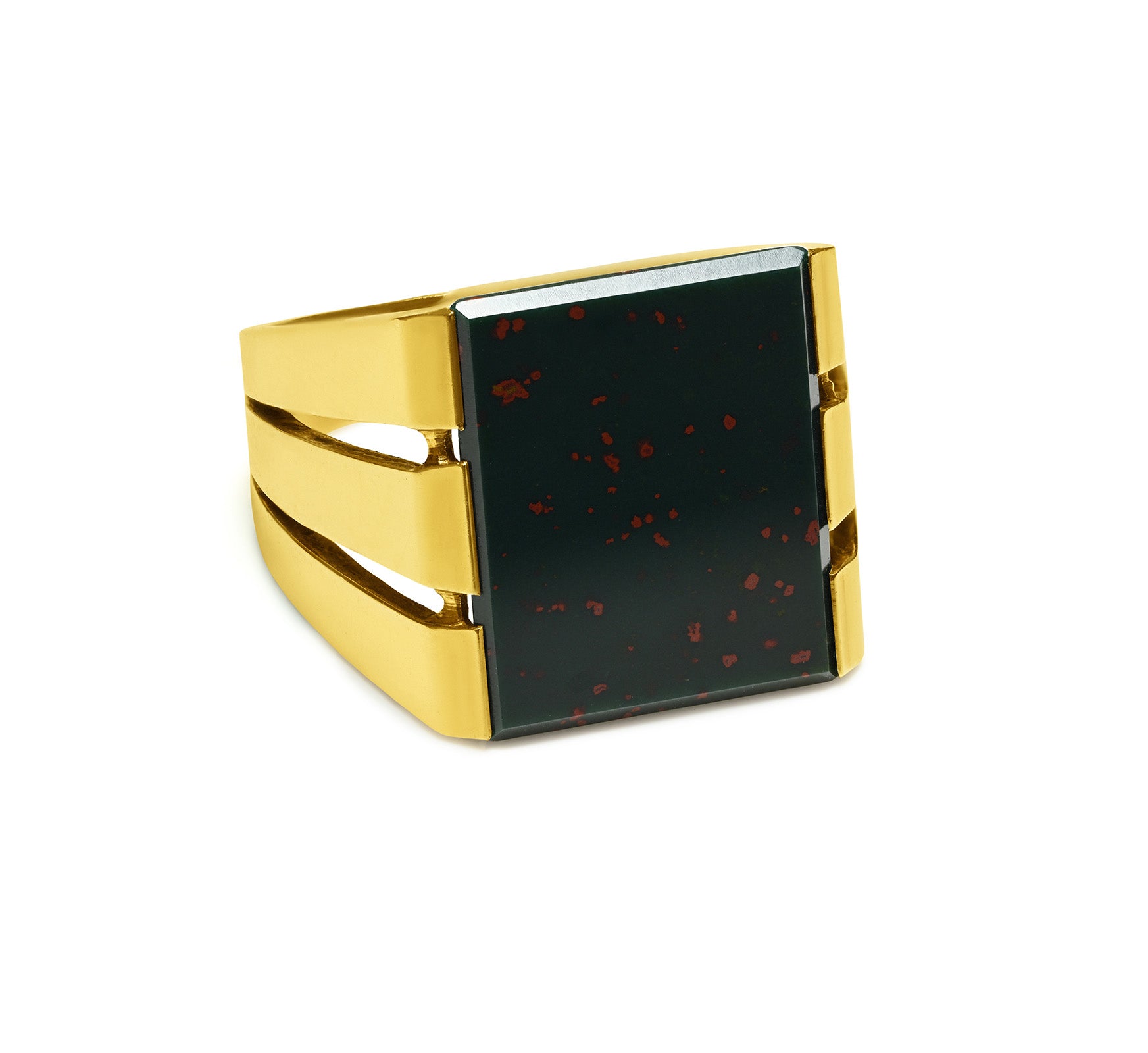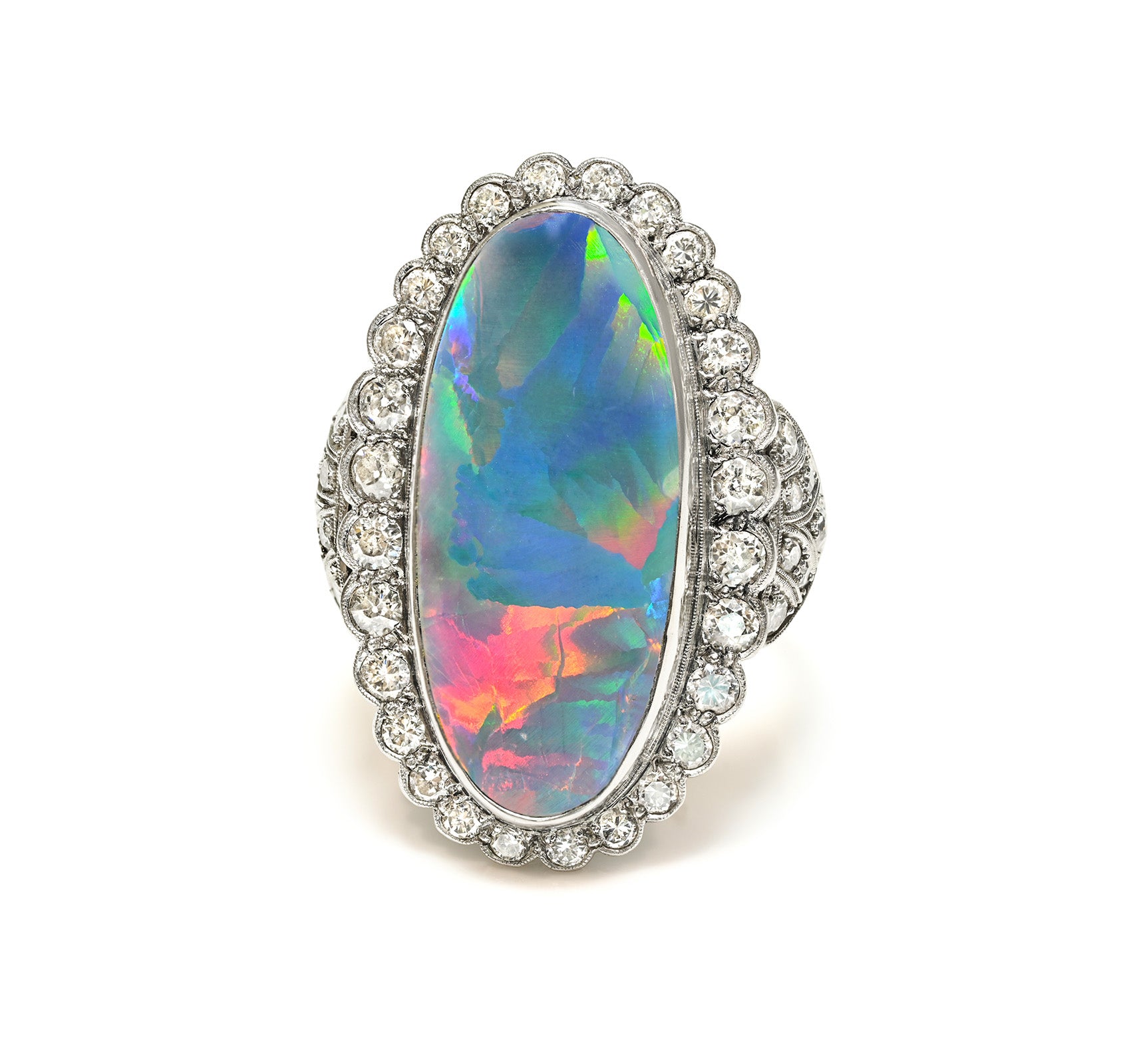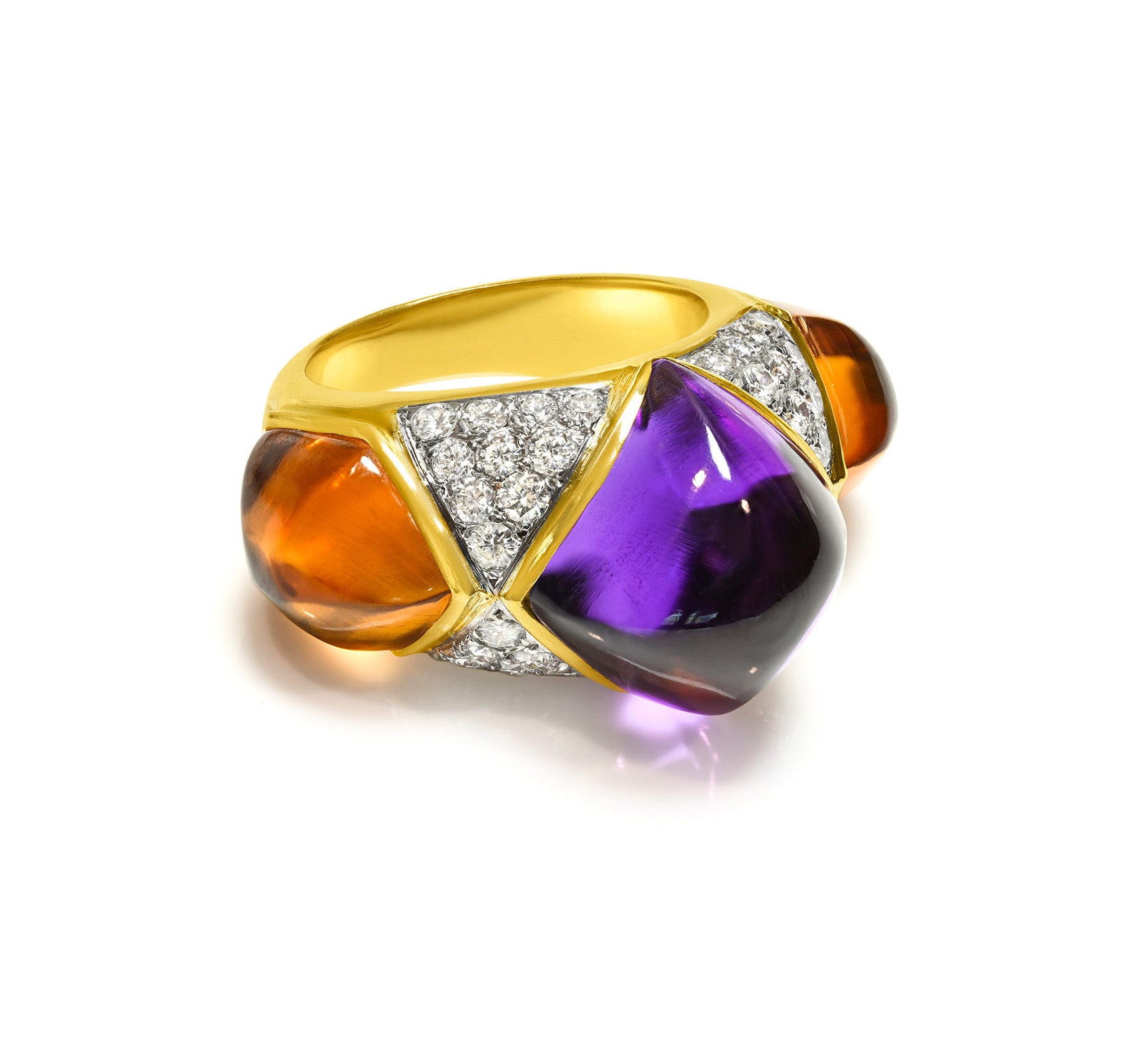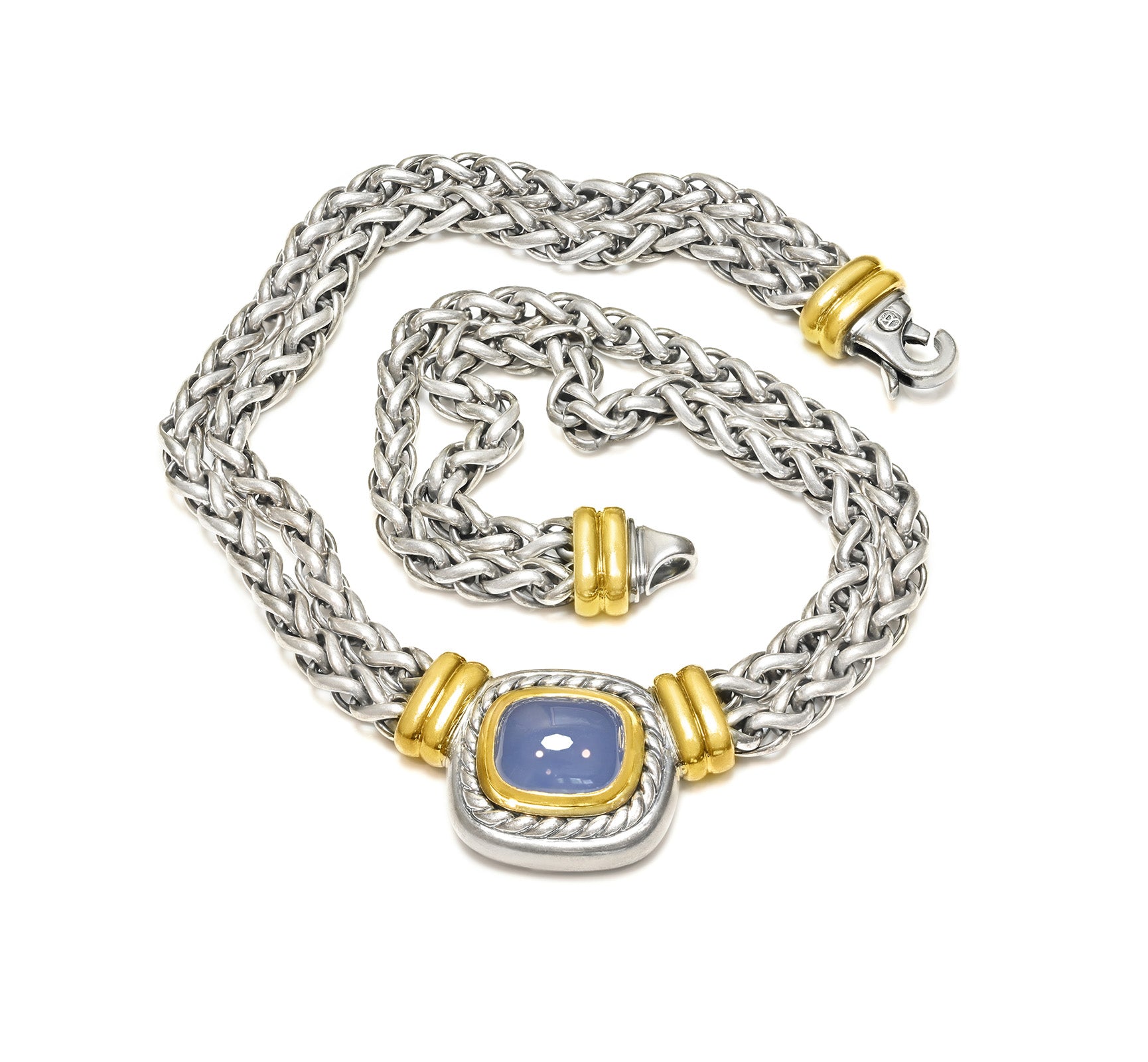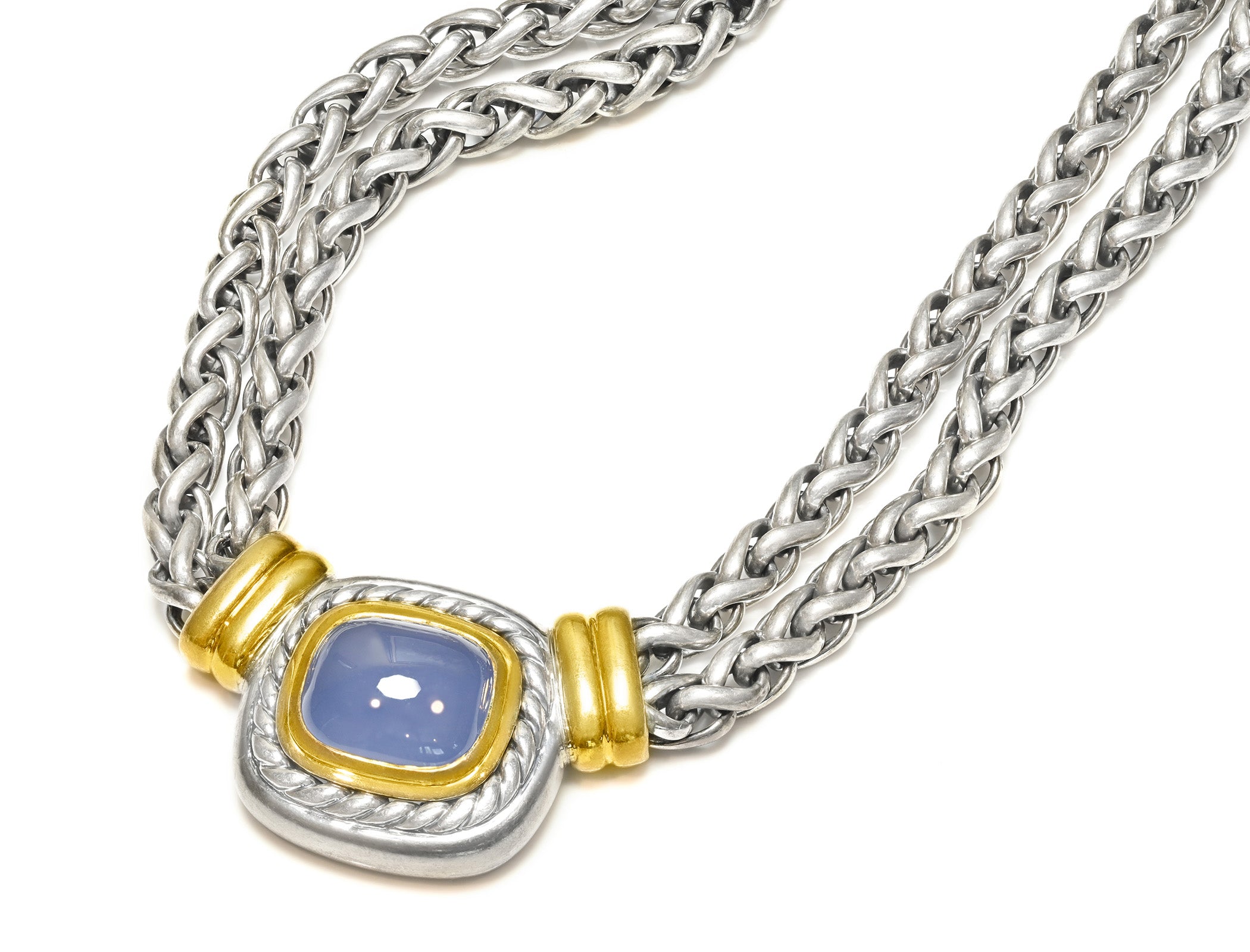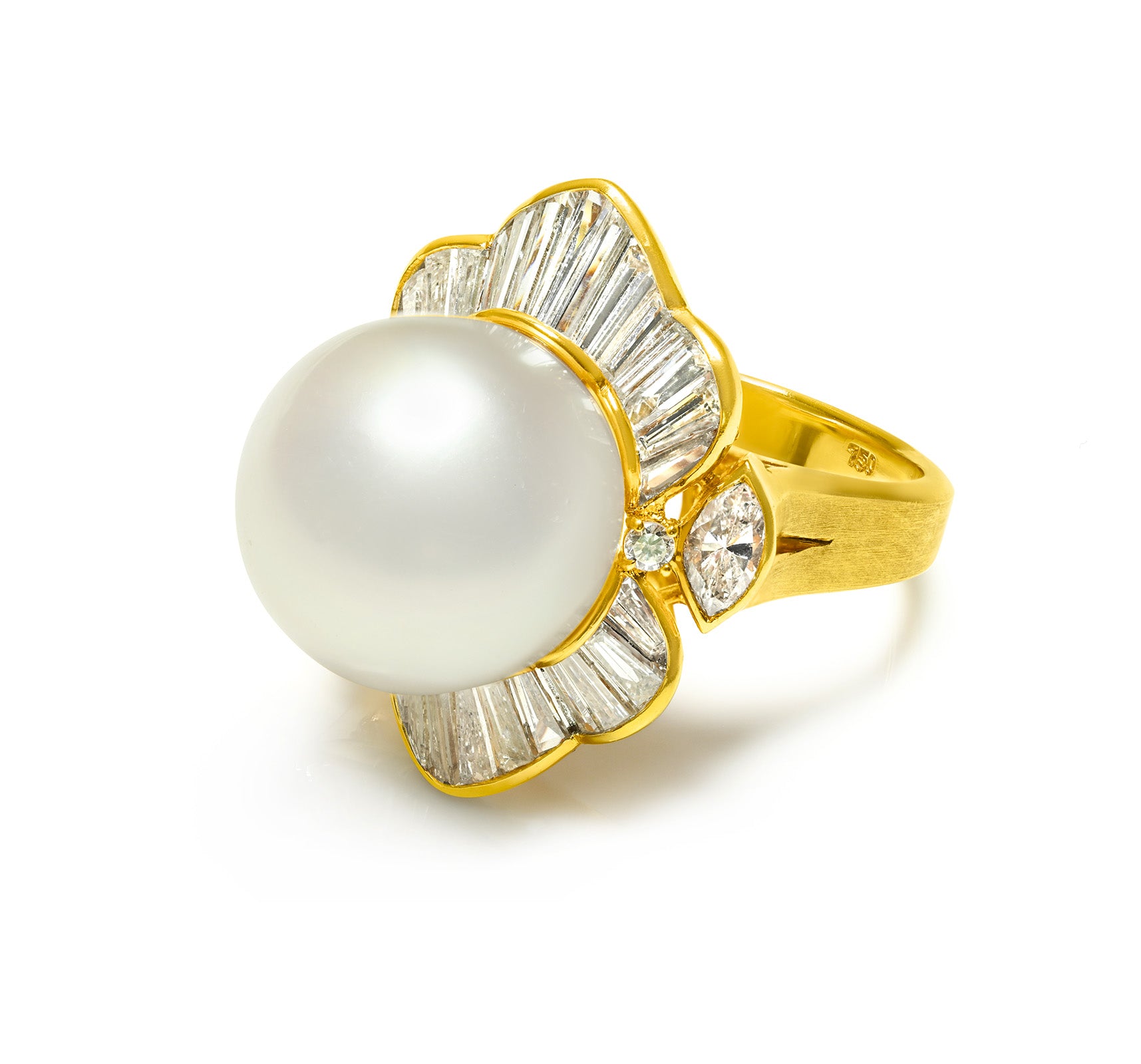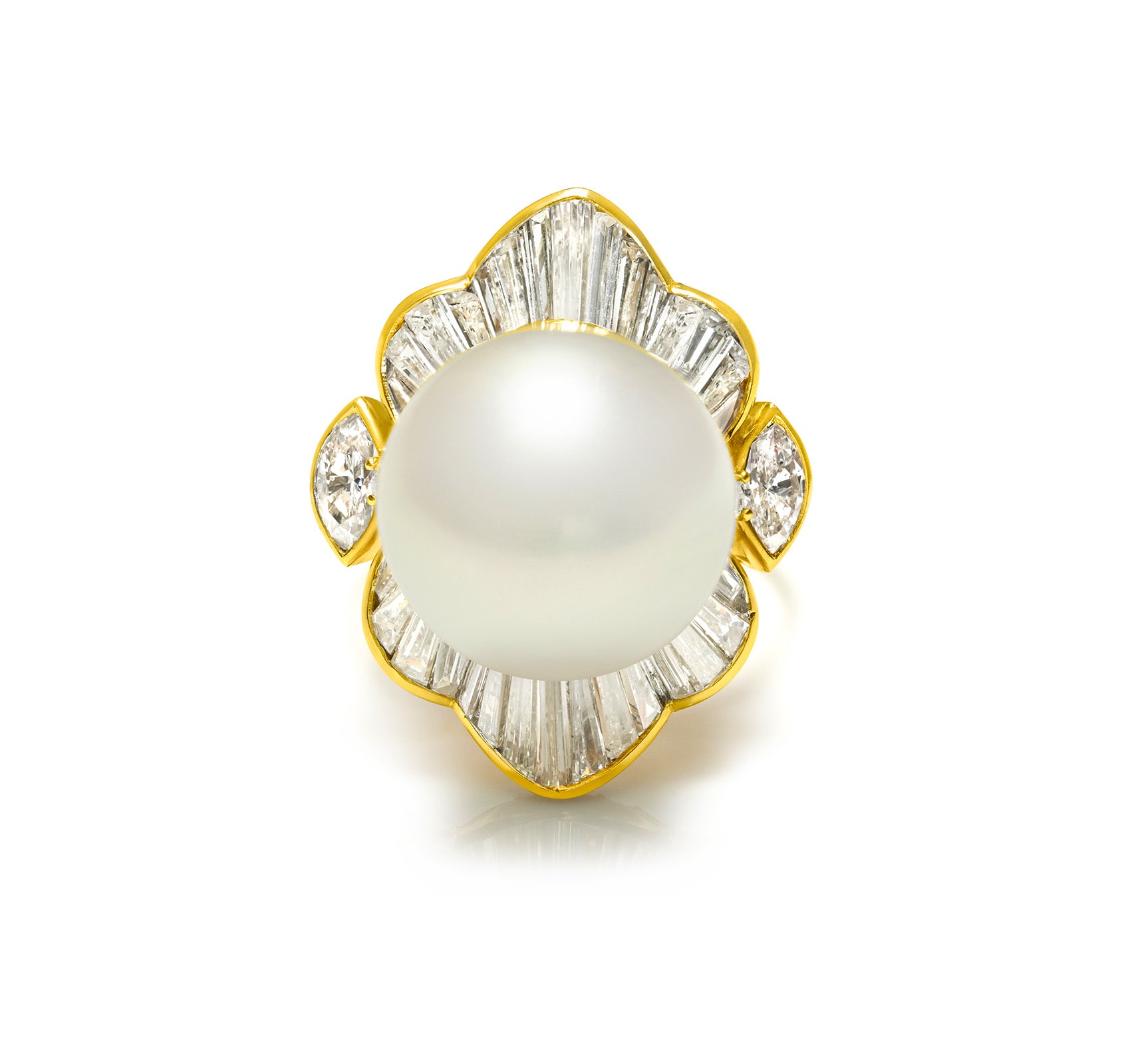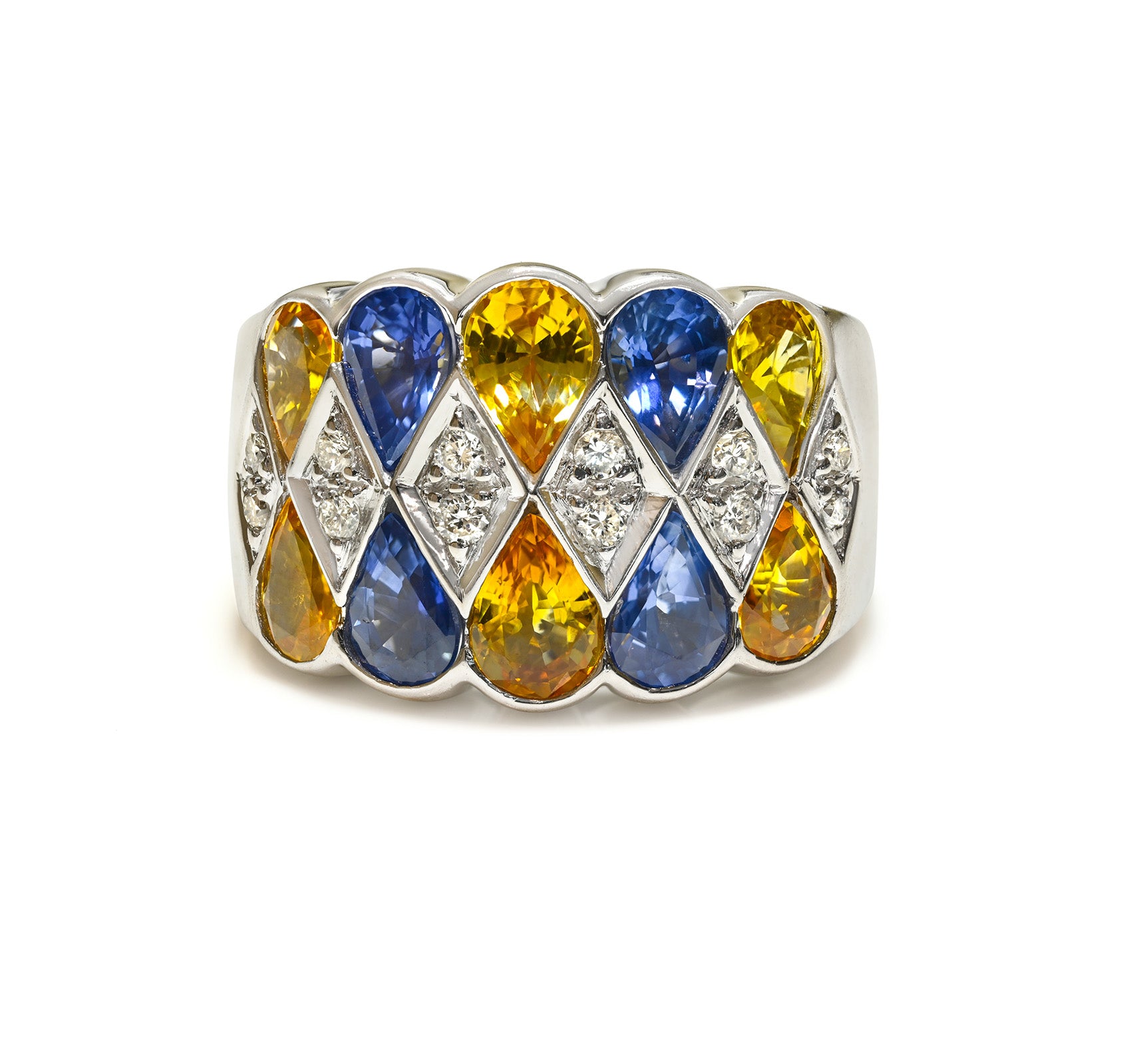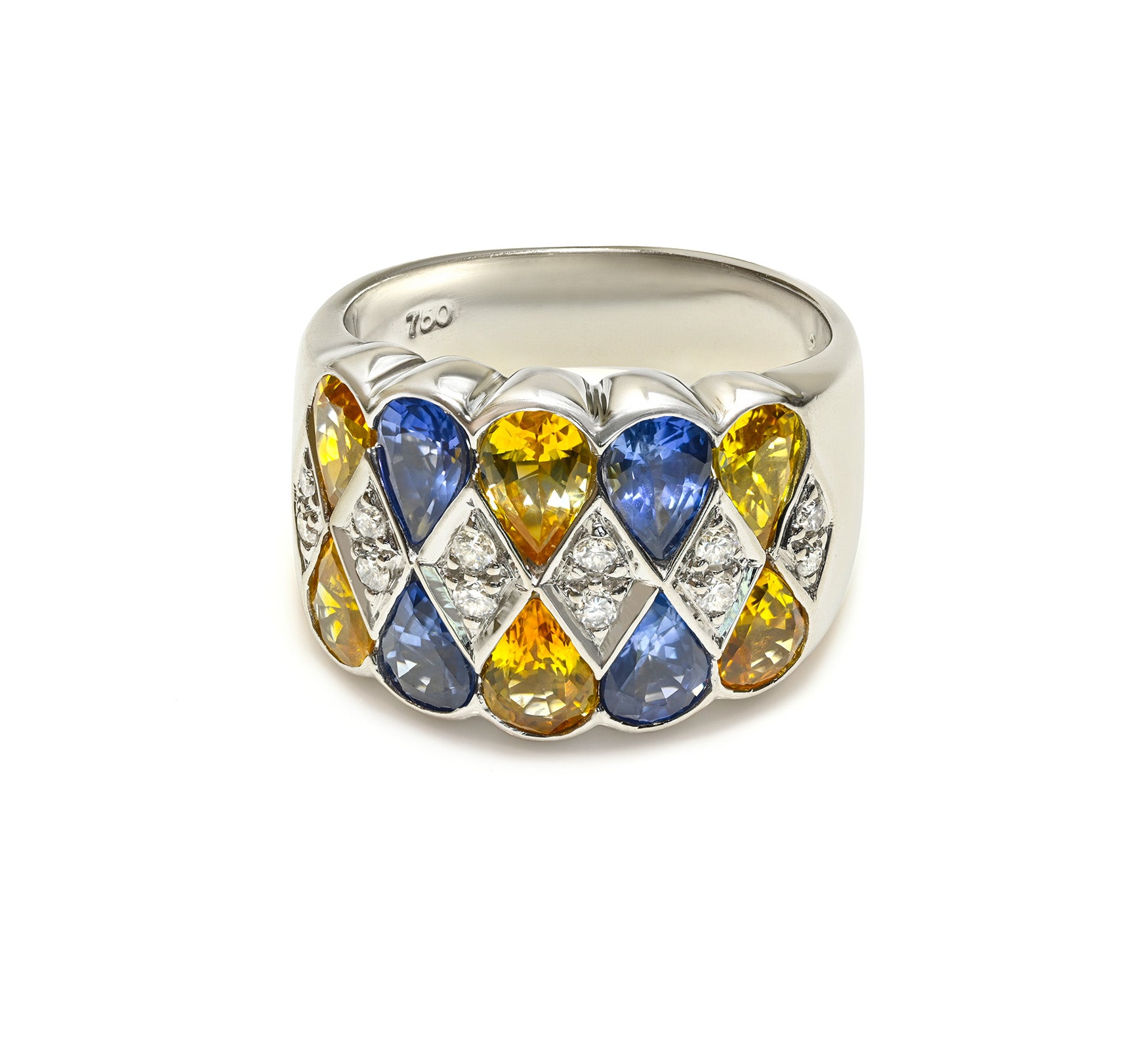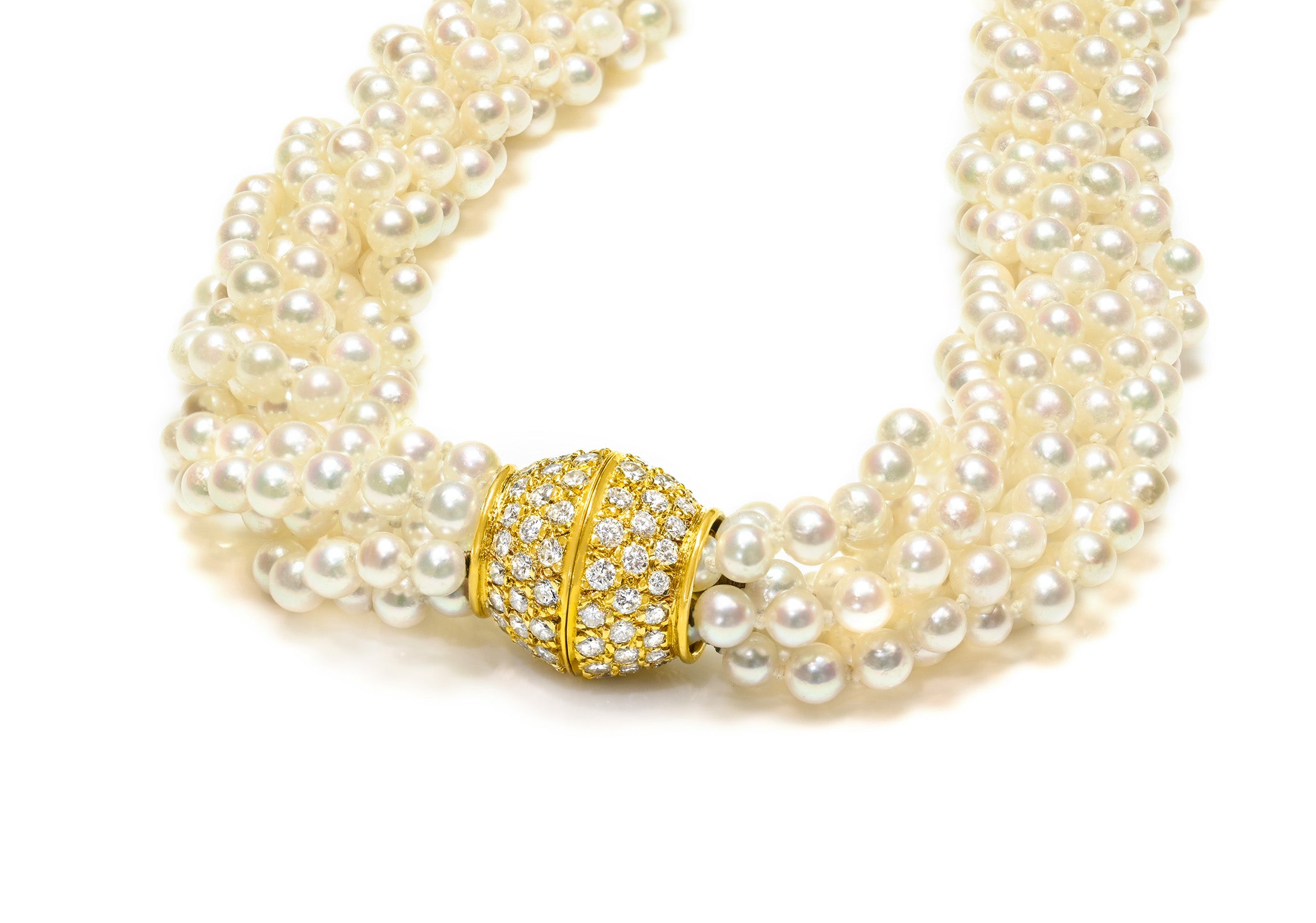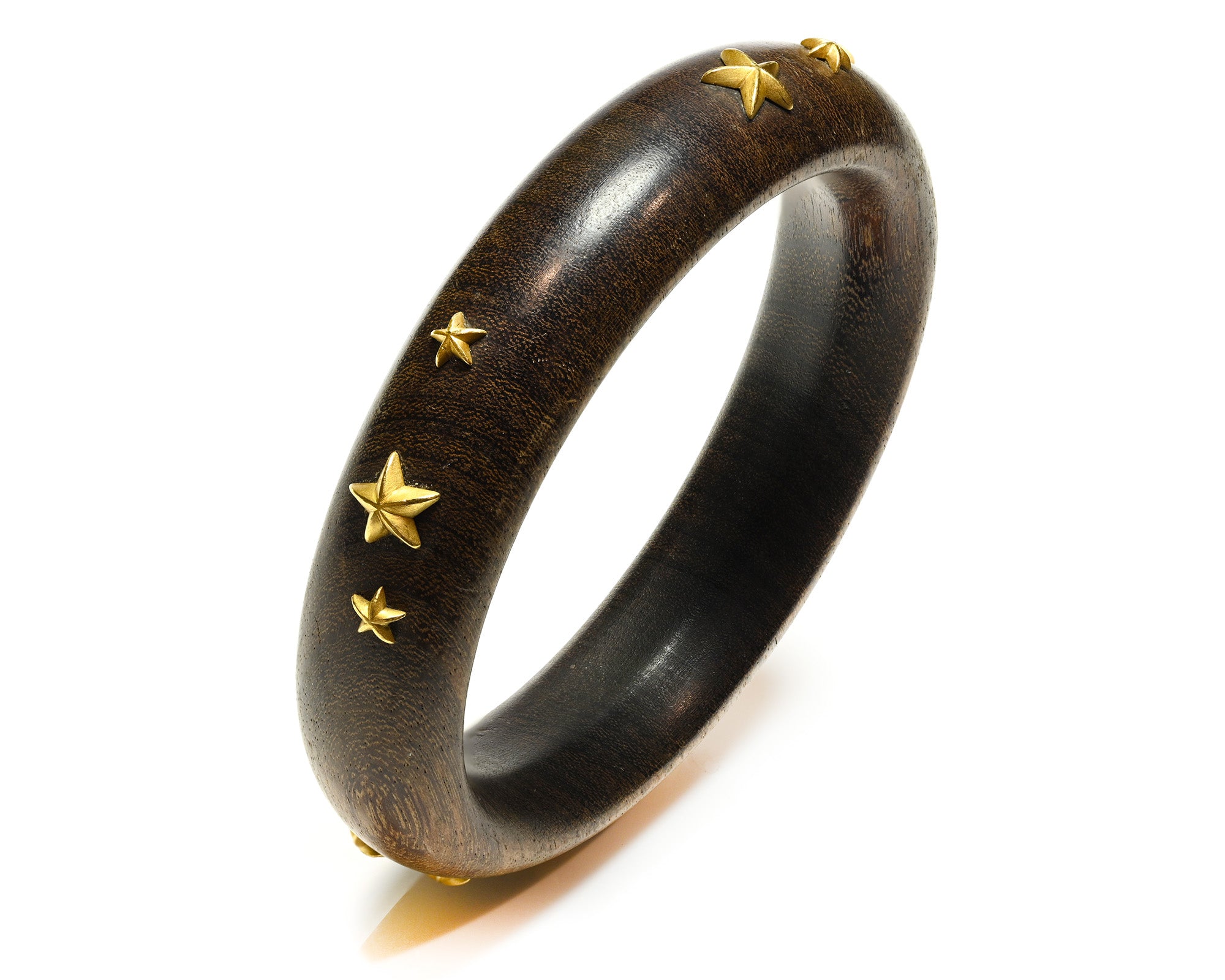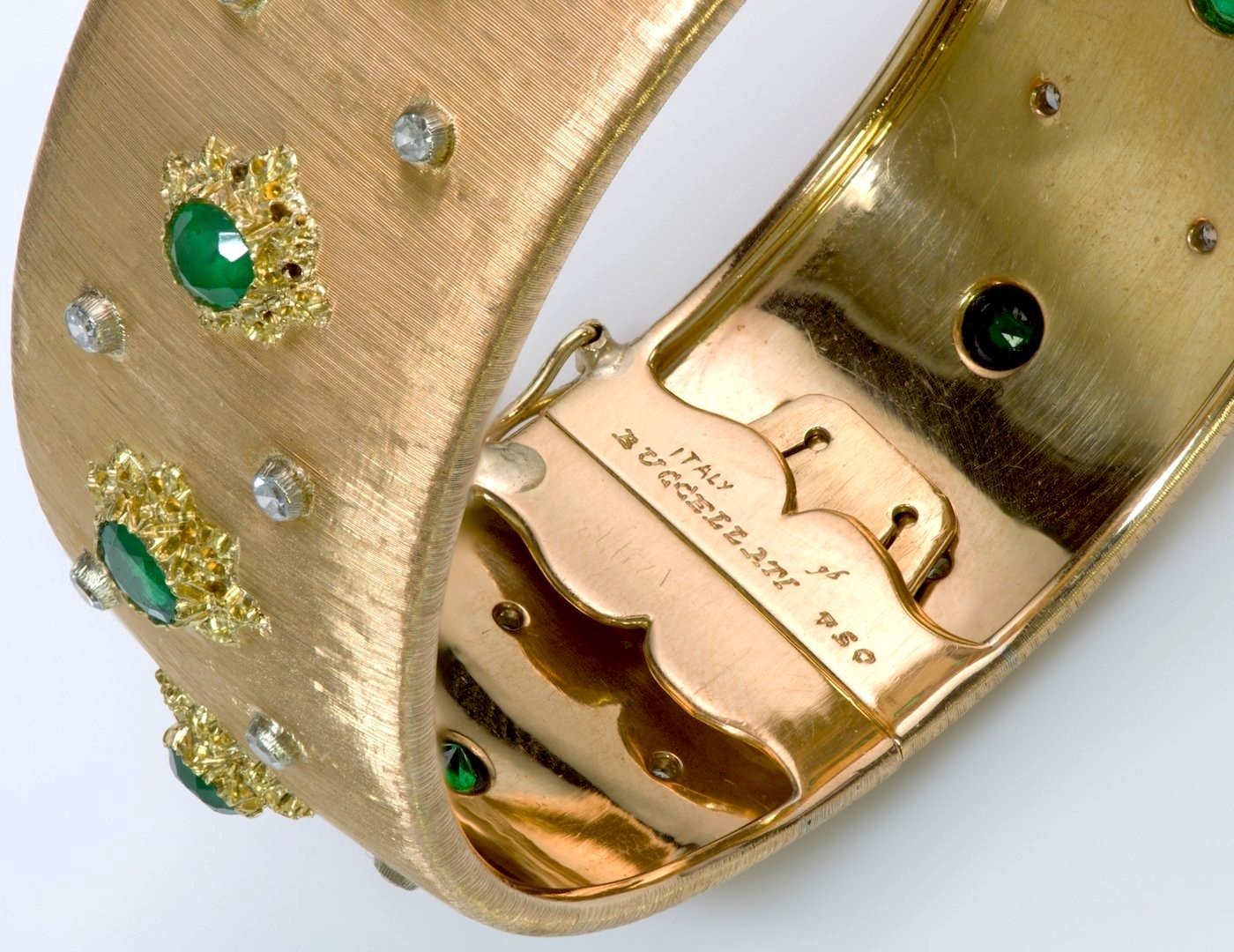
Brief Guide to Jewelry Hallmarks: All You Need to Know
The Hidden Language of Fine Jewelry
Jewelry hallmarks are tiny stamps that carry big meaning. Found inside a gold ring’s band, near the clasp of a silver necklace, or on the hinge of a vintage bracelet, these marks certify metal purity, origin, and often the age of a piece.
For collectors, dealers, and passionate jewelry lovers, reading hallmarks is a skill that transforms curiosity into expertise. By learning to interpret them, you can:
-
Verify authenticity and avoid counterfeits.
-
Assess metal quality before you buy.
-
Determine a jewel’s market value.
-
Uncover its maker, history, and era.
From the workshops of Victorian goldsmiths to the laser engravings of modern luxury houses, hallmarking is a tradition that bridges craftsmanship and trust.

A Brief History of Jewelry Hallmarks
Early Beginnings
While ancient civilizations marked metals to denote ownership or purity, formal hallmarking began in medieval Europe.
-
France, 1238 – King Louis IX required goldsmiths to stamp their creations with a maker’s mark.
-
England, 1300 – King Edward I introduced compulsory gold hallmarking, building the foundation for today’s British hallmark system.
Standardization Across Europe
By the 14th–17th centuries, each country had developed its own assay offices and symbols:
-
Germany & Italy – City-specific assay marks.
-
Russia – The famous kokoshnik head mark for silver.
Modern Era
The Vienna Convention (1972) established mutual recognition of hallmarks between member countries, allowing jewelry to be sold internationally without re-assaying.
Did You Know? Many hallmarks used in the 1800s are still legally recognized today — making them both historical and functional.
The Main Types of Jewelry Hallmarks
1. Metal Purity Marks
Indicate the precious metal’s fineness.
Gold – Measured in karats or millesimal fineness:
-
24K (999) – Pure gold
-
18K (750) – Luxury standard
-
14K (585) – Popular in the U.S.

Silver – Common marks:
-
925 – Sterling silver
-
958 – Britannia silver
-
800 / 835 – European standards
Platinum & Palladium – Usually marked 950 or 900, often with Pt or Pd.
2. Maker’s Marks
A jeweler’s signature — initials, symbols, or logos. Examples:
-
Tiffany & Co. – Full name engraved.
-
Cartier – Elegant script or block letters.
-
Bvlgari – Classical “V” instead of “U”.
Tip: A ring marked “750” is valuable, but if it also carries Cartier’s mark, its price can multiply due to brand prestige.

3. Assay Office Marks
Symbol showing where the item was tested.
UK Examples:
-
Leopard’s Head – London
-
Anchor – Birmingham
-
Castle – Edinburgh
France:
-
Eagle’s Head – Gold
-
Minerva’s Head – Silver
Italy:
-
Star + number + province code.
4. Date Letters in British Jewelry
Unique to the UK system, date letters show the exact year of assay. The font, case, and shield shape change yearly to avoid confusion.
Example: A lowercase “b” in a pointed shield might mean 1917 London, while the same letter in a rectangular cartouche could mean another year entirely.
5. Additional Marks
-
GP / GEP – Gold plated
-
GF – Gold filled
-
PAT / © – Patents or copyrights
-
Country of Origin – e.g., “Made in France”

Where to Find Hallmarks on Jewelry
-
Rings – Inside the band
-
Necklaces & Bracelets – On clasps or small attached tags
-
Earrings – On posts, backs, or clips
-
Brooches – On the pin or reverse side
Antique hallmarks may be faint — use a loupe and good lighting.
Antique vs. Vintage vs. Modern Hallmarks
-
Antique (pre-1920s) – Hand-stamped, ornate, sometimes irregular.
-
Vintage (1920s–1980s) – More uniform, influenced by Art Deco and Retro styles.
-
Modern (post-1980s) – Laser engraved, sharp, often minimalistic.
How to Read Jewelry Hallmarks Like a Pro
-
Identify all marks – Purity, maker, assay, date letter.
-
Use reference charts – Official assay office or hallmark databases.
-
Cross-check with provenance – Auction catalogs, archival documents.
-
Document everything – Photos + written records add value and authenticity.
Why Hallmarks Matter for Value and Authenticity
-
Confirm Metal Purity – Determines intrinsic metal value.
-
Prove Maker’s Prestige – Increases collectibility.
-
Authenticate Age & Origin – Prevents costly mistakes.
-
Enhance Resale Value – Especially for rare or historic pieces.
Hallmark Identification Cheat Sheet
Gold:
-
375 = 9K
-
585 = 14K
-
750 = 18K
-
916 = 22K
Silver:
-
925 = Sterling
-
958 = Britannia
-
800 = European silver
Platinum:
-
Pt950 = 95% pure platinum
UK Assay Offices:
-
Leopard’s Head = London
-
Anchor = Birmingham
-
Castle = Edinburgh
FAQs About Jewelry Hallmarks
Q1: What are jewelry hallmarks?
A set of official marks stamped on precious metal jewelry to certify metal purity, origin, and sometimes year of manufacture.
Q2: Can hallmarks be faked?
Yes — counterfeit marks exist. Poor stamping, wrong placement, or missing symbols are red flags.
Q3: Do all countries use the same system?
No. Each country has its own hallmark laws and symbols.
Q4: Where can I learn to read hallmarks?
From official assay office charts, specialist books, and reputable jewelry websites.





